The sheer amount of anticipation around Final Fantasy 7 Rebirth, the second installment in the game’s epic story, was more than palpable. Fans were anxious to see what would change from the original version. Among other events, that especially applied to the game’s biggest and most notoriously heartbreaking plot twist about Aerith, which everyone knew was fated to occur one way or another. There was so much to dissect from Rebirth’s grand retelling. While it was hard to choose, we’ve put together a list of ten things FF7 Rebirth changed or modernized from the original game that helped make the story even better.
Warning: The following contains spoilers for Final Fantasy 7 Rebirth. Read at your own discretion.
1. Making Zack Fair Playable
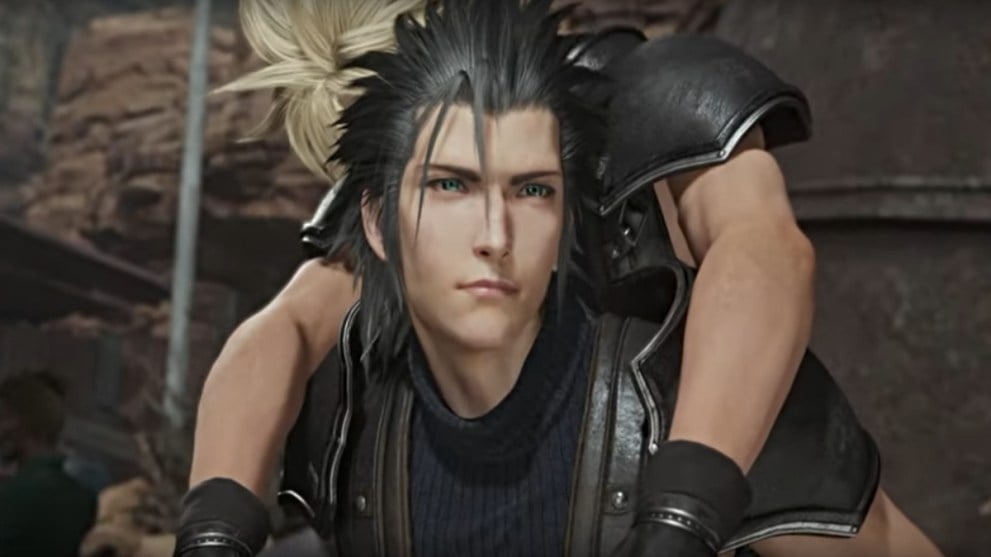
Zack Fair is a character who was much more shrouded in mystery in the original FF7 game. The player doesn’t even get a glimpse of him until well into the story when Cloud begins to have staggering revelations about his own true identity. In reality, Zack was the catalyst for the game’s biggest plot twist (or second-biggest perhaps, considering Aerith), so it made sense not to reveal him until the time was right.
Despite this, Zack’s role in the game was still very much in the back seat. He appeared in flashback cutscenes that helped give Cloud the clarity he needed to understand what truly happened at Nibelheim and the events that followed. However, players were still fascinated by Zack’s energetic presence, which served as Cloud’s foil. He unexpectedly became one of the game’s most popular characters. The community wanted to know more about him, and even walk in his shoes, given the chance.
Thankfully, not only was that request granted with FF7: Crisis Core, but Zack gained a much more prominent role in FF7 Rebirth. With timelines clashing and the fate of the planet at stake (now in more ways than one), Zack is actually the first character you get to play as. Albeit, that’s in a different dimension that sees most of the main party presumably dead, while Cloud and Aerith are strangely comatose.
This time around, despite his utter confusion at what’s happening in his timeline, a tirelessly determined Zack seeks to find a way to revive both Cloud and Aerith and set things right, no matter how bleak the world seems. We revisit his story throughout the game, experience an alternate version of certain events (e.g. – Sephiroth visiting the Church versus the Forgotten Capital), and even assist Cloud during the game’s final confrontation.
How Zack’s role will continue to unfold in the third installment of the trilogy remains to be seen. It’s clear that Square Enix wanted to give Zack far more time to shine in this unique retelling of FF7’s story. Frankly, we’re all here for it.
2. Midgar Zolom (or Midgardsormr) as a Boss Fight Instead
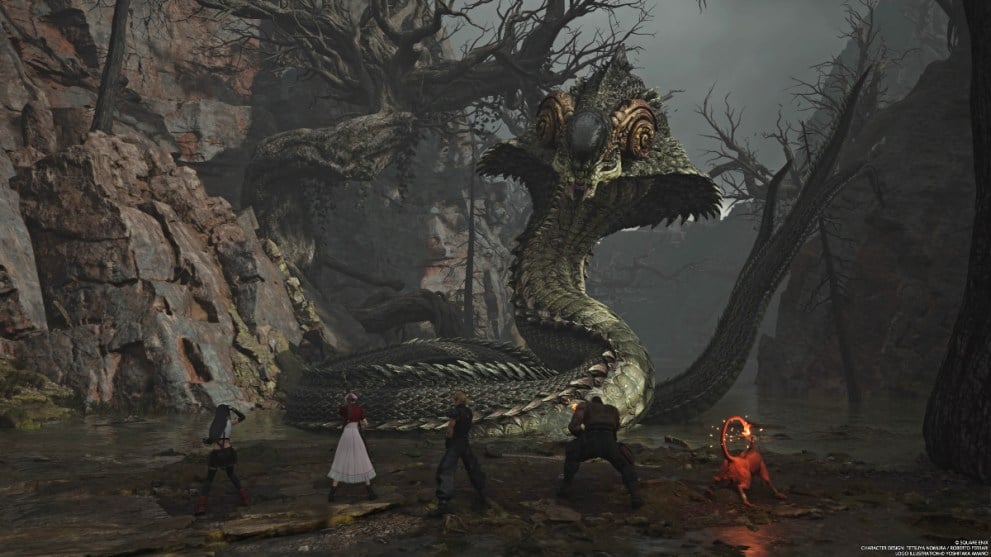
Those who played the original Final Fantasy 7 remember a certain monster that prowls the swamps near Kalm early in the game very well. This fearsome serpent was known as the Midgar Zolom, and it was infamous for gatekeeping players who needed to pass through the swamp to get to the Mythril Mines and continue the story. Even worse, there was not just one of these beasts, but several of them lurking in the waters that could easily snare you into an unforgiving fight.
If you wound up going head-to-head with a Midgar Zolom, your odds of survival early on were slim to none. The only way to avoid it was to take a Chocobo through the waters. This gave you the ability to outrun them versus trying to do so on foot. However, while you may avert a painful battle with them, soon enough you’re still confronted with the sight of a Midgar Zolom impaled through a giant tree trunk, presumably at the hands of Sephiroth. During this brief cutscene, Cloud and the others revel in the notion of such power and continue their journey with that image in the back of their minds.
In FF7 Rebirth, however, the role of this monster is dramatically changed, and honestly in a far better way. The swamp is perfectly ominous and a nearby sign preemptively warns you of the Midgardsormr (renamed from the original) that lurks in the waters. Cloud and his party are still obligated to cross via Chocobo, but even that isn’t enough. The giant serpent ambushes them and the game’s first true boss fight begins.
Midgardsormr’s redesign is as perfect as it is terrifying. Making it a required fight was in itself an absolute win. After first reveling in the beauty of the planet’s nature, the group is then confronted with its power in this encounter. The climax of the fight sees Cloud pulled underwater by Midgardsormr and nearly drowned. That is until Sephiroth suddenly appears to seemingly rescue him, slicing the beast and launching it into the air with a powerful magic attack that then sends it plummeting back down, impaled onto a tree trunk just like in the original game.
The scene brings the entire battle and its significance full circle, and that wouldn’t have been possible as a simple random encounter.
3. Dyne’s Story and Death Got Heartfelt Closure
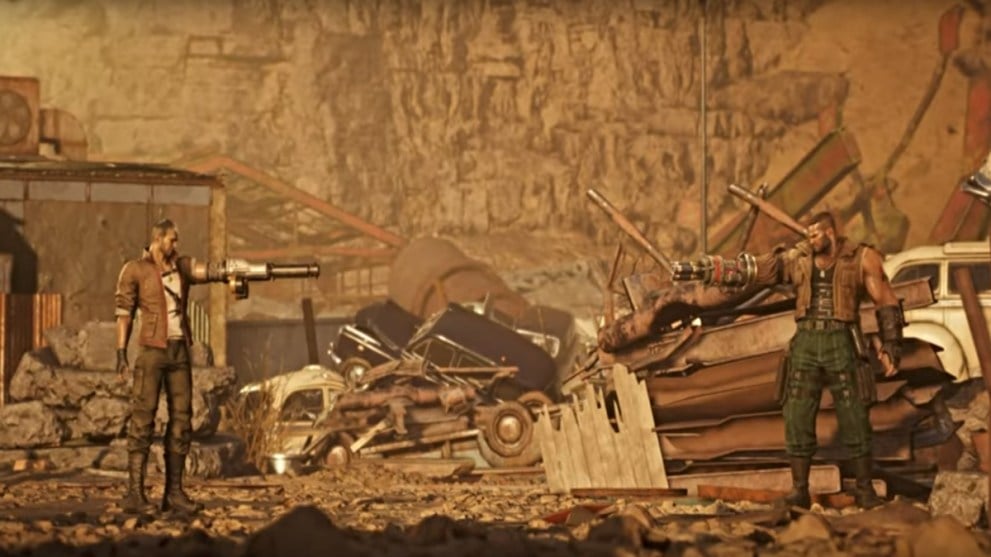
In the original FF7 game, Barret’s tragic recollection of what happened to his hometown of Corel was arguably one of the most riveting parts of the story. It gave full justification for why he ended up with Avalanche. Despite wishing for better economic prosperity for his home and those who lived in it, believing Shinra could and would provide it with a new mako reactor, he was shown their true colors when they instead burned down the town to cover up Avalanche’s siege and destruction of the reactor.
The catastrophe saw Barret lose his wife Myrna in the blaze, and seemingly his best friend Dyne when the two of them were caught by a Shinra squad and pinned down on a cliffside by a hail of bullets. While Barret lost his arm, Dyne plummeted off the cliff, presumably to his death. Barret ran to save Dyne’s daughter Marlene and took her in as his own. Those who survived the fire and now reside in North Corel came to believe that Barret was the one to blame for everything, and Barret himself felt the same, riddled with guilt.
As it turns out, Dyne managed to survive his fall, losing an arm in the process as well, and sadly a shadow of the man he once was. Like Barret, he’s forever vengeful against Shinra, but his sanity and sense of reality are all but gone. After learning of the bloodbath he causes at the Gold Saucer, Cloud and the group go to confront him back out in the Corel Desert. Barret demands to face him alone, and the two clash in a fight much like in the original game.
However, the scene that transpires afterward deviates from the original storyline, which had a much more devastating outcome. Originally, Dyne felt little reason to go on after everything, and despite Barret’s pleas, he throws himself off a nearby cliff after their fight, eerily reminiscent of the past. It cemented itself as one of the darkest moments in the game, with many players likely shocked by the blunt depiction of suicide in a fantasy game.
In FF7 Rebirth, however, Barret and Dyne are instead ambushed by Shinra troops after their confrontation. This turns the deja vu factor on its head, and the two decide to fight them off together. The conflict still ends with Dyne’s death, but this time it feels more righteous, and heartfelt, and gives one of Shinra’s most tragic victims an emotional sendoff. Some players may feel the original outcome was justifiably more raw and argue that Rebirth opted for a more censored death for Dyne, but we feel that this retelling was still carried out beautifully.
4. Folios Give Much-Needed Flexibility With Materia
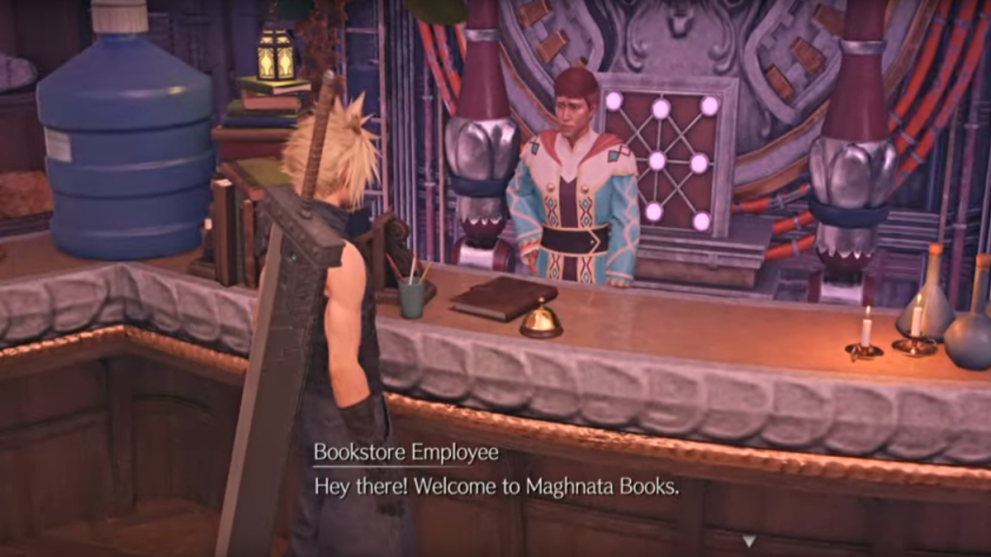
When it came to battle in the original FF7 game, materia was the key to buffing your character’s stats as well as unlocking and wielding various types of special and elemental abilities. Knowing which materia needed to be slotted where and when was half the fight. Grinding endless encounters to level them to max was the key to handling endgame content.
However, FF7 Remake introduced the notion of deviating from the materia status quo. Rebirth then completely blew it wide open with its revamp of the combat system and the introduction of Folios. These special books are provided to each character of the party and allow them to unlock a variety of stat buffs, synergy abilities, and even special elemental attacks.
That’s right, you can learn attacks of every element (e.g. – Air, Thunder, Fire, etc) via your Folio, eliminating the absolute need to equip elemental materia for certain battles. Granted, the elemental attacks from materia are still more potent. That said, a reliable alternative is now there that can help free up some materia slots for other needs, particularly if you’re equipping a weapon with fewer slots.
Even better, the weapons you get throughout the game each come with a list of potential stat boosts you can equip to further enhance your character. This gives them even more flexibility with the overall combat setup.
5. Character Synergy Attacks Make Battle Even More Dynamic
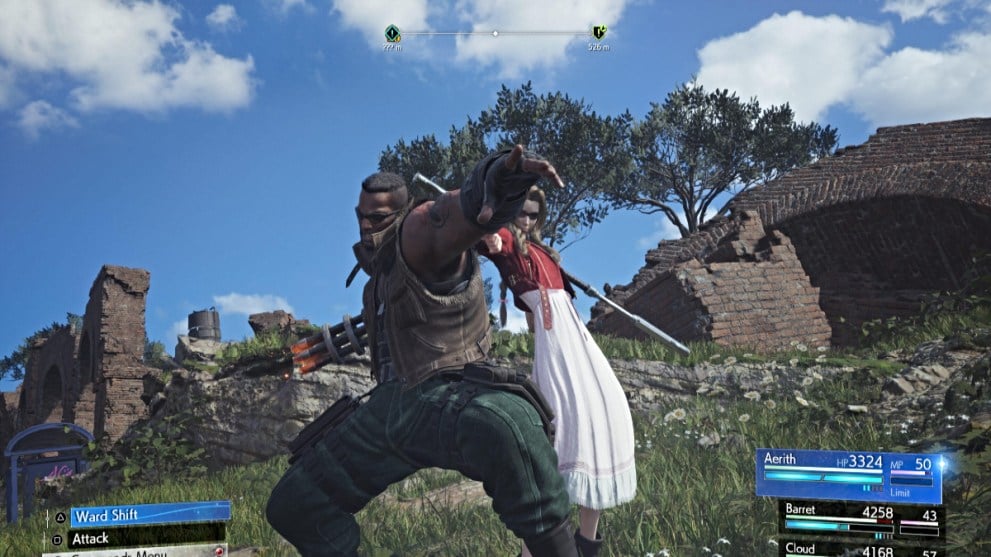
After the glowing reception to FF7 Remake’s innovative, real-time battle system that helped bring each character’s unique strengths into battle, it was clear that combat needed to expand even further as the world got astronomically bigger in FF7 Rebirth. Not only that, it needed something to showcase how Cloud and his allies have grown to fight together more cohesively.
That’s where Character Synergy attacks come in. These turned out to be a fantastic new element of battle that could literally turn the tide in a pinch. These abilities are unlocked via each character’s Folios and use Synergy Charges, which are the small bars seen beneath the ATB meter. The more Charges are lit, the more Synergy attacks your character has to use.
Character Synergy moves allow two characters within an active party to perform unique attacks and/or give each other powerful buffs. These include splitting the ATB into three bars instead of two, or a brief period of unlimited MP. These moves should never be overlooked, especially during more challenging fights – of which there are in Rebirth. You get them far quicker than a Limit Break, and they’ll often save you from an unwanted Game Over.
Plus they’re just awesome to watch every time, so what’s not to like? The original Final Fantasy 7 obviously couldn’t pull this off with the PS1’s hardware back in the day. The PS5 is definitely more than capable of providing the ultimate combat experience that FF7 fans of all generations can appreciate.
6. Many Areas Like Gongaga Are Far More Interactive
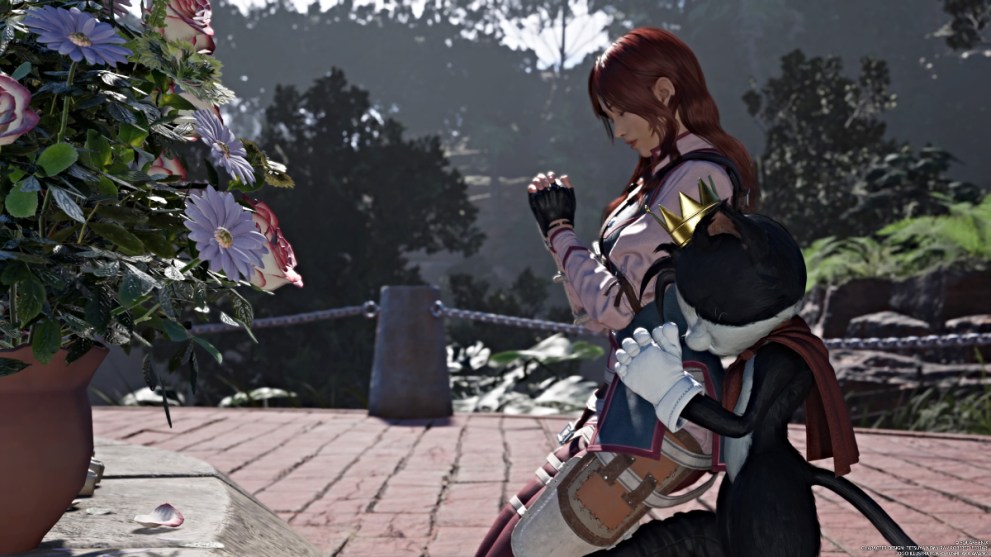
The middle act of Final Fantasy 7 brings Cloud and the group through a variety of locales across Gaia. Given the PS1’s limited ability to visually render full environments, some of those locales in the original version felt almost fleeting, or underwhelming in terms of content. While it couldn’t be helped from a technological standpoint, areas like Zack’s hometown in Gongaga clearly had more potential.
Thankfully that was well-remedied in FF7 Rebirth. Each and every location the party visits is not only far larger in scale but much more interactive to the point that they become characters in themselves. Gongaga is a shining example of that. The party can traverse the incredibly lush jungle region and eventually make it to the town where Zack and his family grew up.
Given its significance not only to Zack’s character but those closest to him (e.g. – Cloud and Aerith), it’s only justified that players get the opportunity to explore, become acquainted with the locals, and add more visual context to the story. Even Cissnei, a former Turk and one of Zack’s closest allies from Crisis Core Reunion makes an appearance, having chosen to move to Gongaga and form the Youth Coalition to bolster relief efforts after the local reactor explosion.
It’s not just battle but narrative elements like this that help give various areas of the game even more life and more contribution to the overall story.
7. Aerith’s Personal Journey Brings Her Story Full-Circle
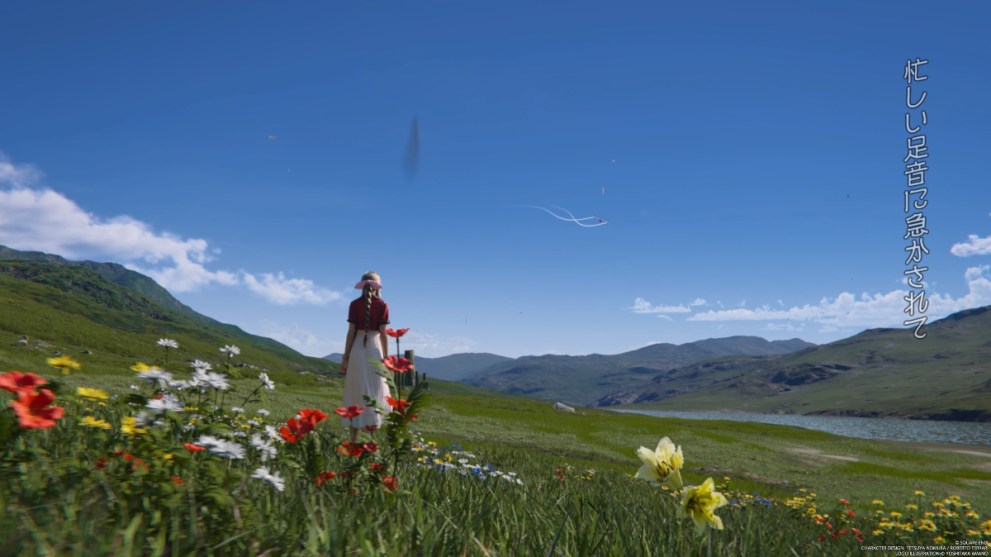
This can lead to a great debate, but out of the entire party in FF7 Rebirth, it’s hard to argue otherwise that Aerith carries the greatest of burdens. Her life has been stricken by trauma and tragedy numerous times, having lost both her father (who hasn’t been revealed yet) and her mother, Ifalna. Later on, she tragically loses her first love, Zack Fair, as well. As many know, in the end, she also makes the most selfless of sacrifices.
As a child, she and her mother were held captive in Shinra’s labs by Professor Hojo as prized specimens, due to their genetic ties to the Cetra. Despite managing to eventually escape by train to the Slums, due to her failing health, Ifalna collapses on the platform. The whole sequence is grueling to play out as a terrified young Aerith, who desperately seeks help for her mother from the locals, who in turn pay her no mind. The only one who does help is Elmyra, who takes Aerith into her care after Ifalna passes.
Despite her trauma and loneliness, Aerith still grows up with unflinching compassion and empathy for humanity and especially the planet. Coming into FF7 Rebirth, Aerith’s personal journey truly starts to take shape. While she has fun and embraces the excitement of their adventures, it’s hard not to notice that she knows more than she lets on. At the same time, she struggles to understand what exactly she should do as the last living Cetra. At one point she even begs for the help and wisdom of the elders at Cosmo Canyon.
She knows that her connection to her Cetran ancestors is crucial to saving the planet, and seems to know how certain things will play out, for better or worse. She accepts that her time is limited and tries to make the most of it, taking part in the Loveless performance at the Gold Saucer and even embarking on a last-chance date with Cloud in an alternate timeline.
Between trying to experience the joys of a normal life with those she cares for most, and at the same time wanting to protect and keep them safe from the conflicts and tragedies to come, we come to understand that Aerith has much to face on her own. It only adds more depth to her character, significantly more than we got in the original FF7 game.
8. Making Yuffie and Cait Sith Likeable
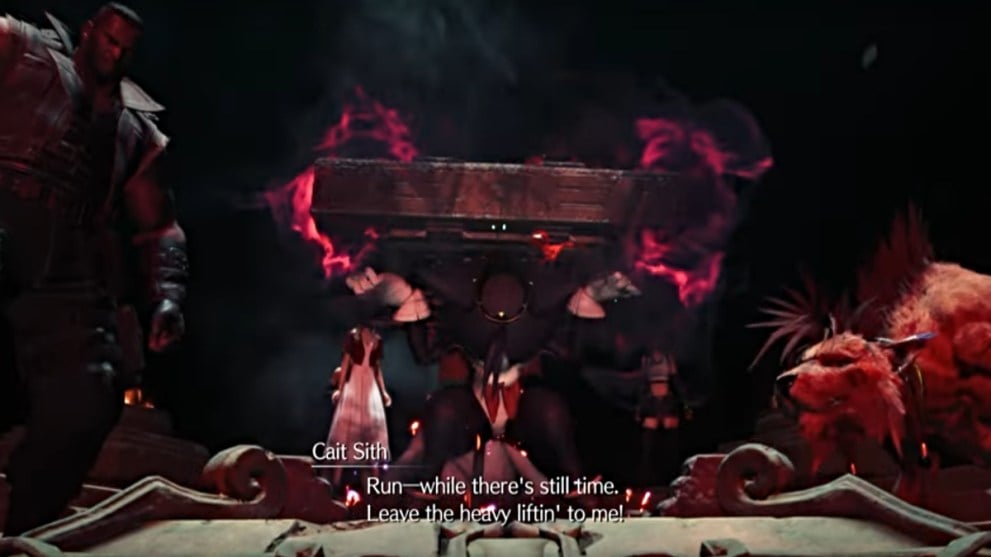
Those who played the original FF7 will recall that out of the entire party, there were two characters that were, in all honesty, not as well-liked as their comrades. We’re talking of course about Cait Sith and Yuffie Kisaragi, the two most eccentric members whose personalities and off-kilter combat abilities rubbed many players the wrong way.
Cait Sith’s character is known for being equal parts mysterious and obnoxious. She joins the party after the initial events at the Gold Saucer but doesn’t provide much benefit beyond cryptic fortunes and comic relief. With weaker stats, token cowardice, and an unreliable ability set, this meant that, at least in the original game, they were typically the last choice for party roles.
It also didn’t help that Cait Sith turned out to be an animatronic spy controlled by Shinra’s Reeve Tuesti. She betrayed the group at one point by stealing the Keystone to the Temple of the Ancients and giving it to Tseng of the Turks. However, she does regain that trust in spades later on and even offers up herself as the necessary life sacrifice for the Black Materia.
Her journey with the group is chronicled far better in FF7 Rebirth, and her fighting prowess is better than it was in the original, even if still not on par with Cloud or Tifa. Yuffie’s introduction and subsequent journey, which began in the FF7: Intergrade DLC, was also given great care this time around. Her skillset is far more robust, straightforward, and actually deals good damage when needed.
She does still carry certain traits of her own obnoxious personality, particularly when it comes to not reading the room and hyper-obsessing over materia (even the Black Materia). However, at the root of it all, Yuffie cares more than anything about seeing her war-torn home country of Wutai liberated from Shinra, and seeks materia to help achieve that. She forms close bonds with much of the group, especially Barret and Aerith, and does her best to confront her fears to help save not just Wutai, but the planet as a whole.
9. Unexpected Bizarro Sephiroth Easter Egg
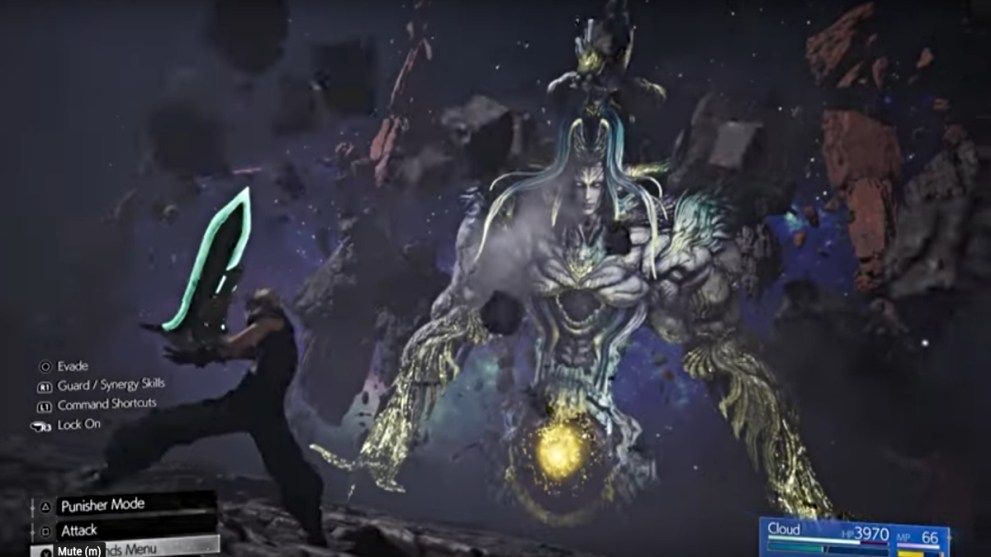
While it was inevitable that another dramatic confrontation with Sephiroth was destined to happen in FF7 Rebirth after the events at the Forgotten Capital, it’s safe to say that many of us underestimated the lengths he would go to this time around. After years of hibernation in the Northern Crater and the power granted to him by Jenova and the Black Materia, Sephiroth has grown infinitely stronger.
The game’s sequence of multiple final boss fights pushes players and their party setup to the limit. It all culminates in the appearance of none other than ‘Bizarro Sephiroth’, or as he’s referred to in FF7 Rebirth, ‘Sephiroth Reborn’. Those who played the original game were likely caught off-guard by this, as Bizarro Sephiroth is actually Sephiroth’s second-to-last form he takes at the very end of the story, when Cloud and the group confront him at the Northern Crater to stop Meteor.
Seeing this form of Sephiroth earlier in the storyline is a curious choice. Up to now, most of the major boss encounters have accurately followed the original narrative. It was certainly a surreal experience, accompanied by exceptional renditions of ‘One-Winged Angel’. It begs the question of what the FF7 development team has in store for the game’s finale in terms of final boss content, and how the interjection of different timelines will affect that.
10. Cid’s Character Intro Leaves the Swearing and Cigarettes Behind
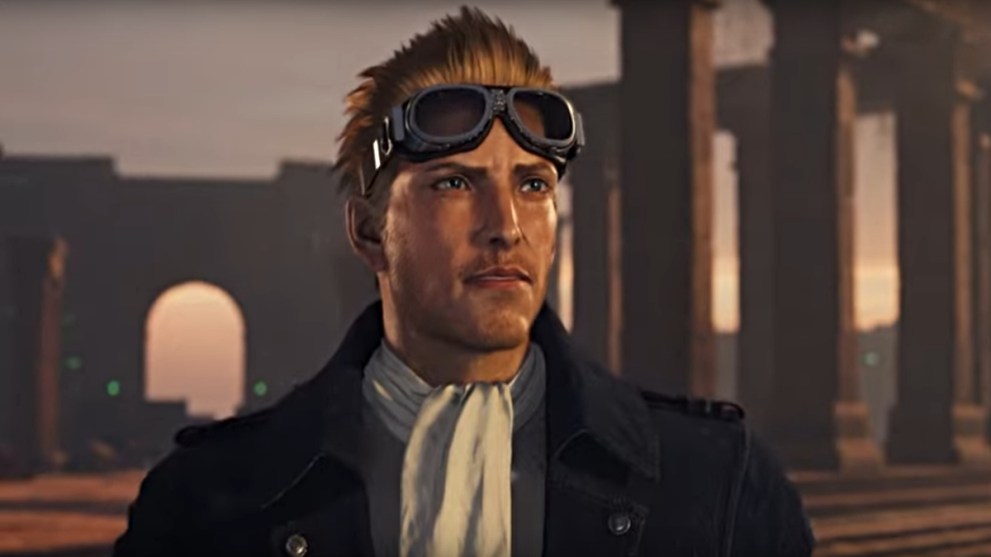
For those who remember the original FF7 game well, Cid Highwind was hands down the most hilariously abrasive character imaginable. When he wasn’t chain-smoking, bleeped swears made up at least half of his in-game dialogue, and the first time Cloud and the party encounter him is at his home base known as Rocket Town.
The encounter itself is almost uncomfortable, as we watch him berate and callously insult his poor assistant Shera at every turn. There is a backstory to his short temper and treatment of her, which is not yet revealed in the remake trilogy as the party has yet to visit Rocket Town by the end of FF7 Rebirth.
On that note, what’s interesting is that Cid’s character (so far) is dramatically different from his original predecessor. First, the gang is formally introduced to him while hailing a ride at the run-down Gongaga airport, rather than at Rocket Town. His personality is notably way more uplifting (aha), leaving much of the swearing and temper behind. He even expresses great sympathy for Aerith in particular after learning of her mother’s death.
He accompanies the party on and off through the rest of Rebirth’s story, acting as a means of moral and transportation support. Along with Vincent, his character won’t be playable until the final part of the trilogy (unless they get the Intergrade treatment like Yuffie).
While the dramatic change in his demeanor was a definite surprise, we’d like to say that so far it’s a welcome one. Whether his character will make an about-face once they reach Rocket Town remains to be seen. If anything, we’d guess it’ll be a more toned-down version of the original events that take place there, as his treatment of Shera in the ’97 version of FF7 likely wouldn’t sit well with players today.
Final Fantasy 7 Rebirth was released on February 29, 2024, and is now available everywhere to play on the PlayStation 5 console. Be sure to check out all of our other guides, such as how to change clothes and where to find all party members.

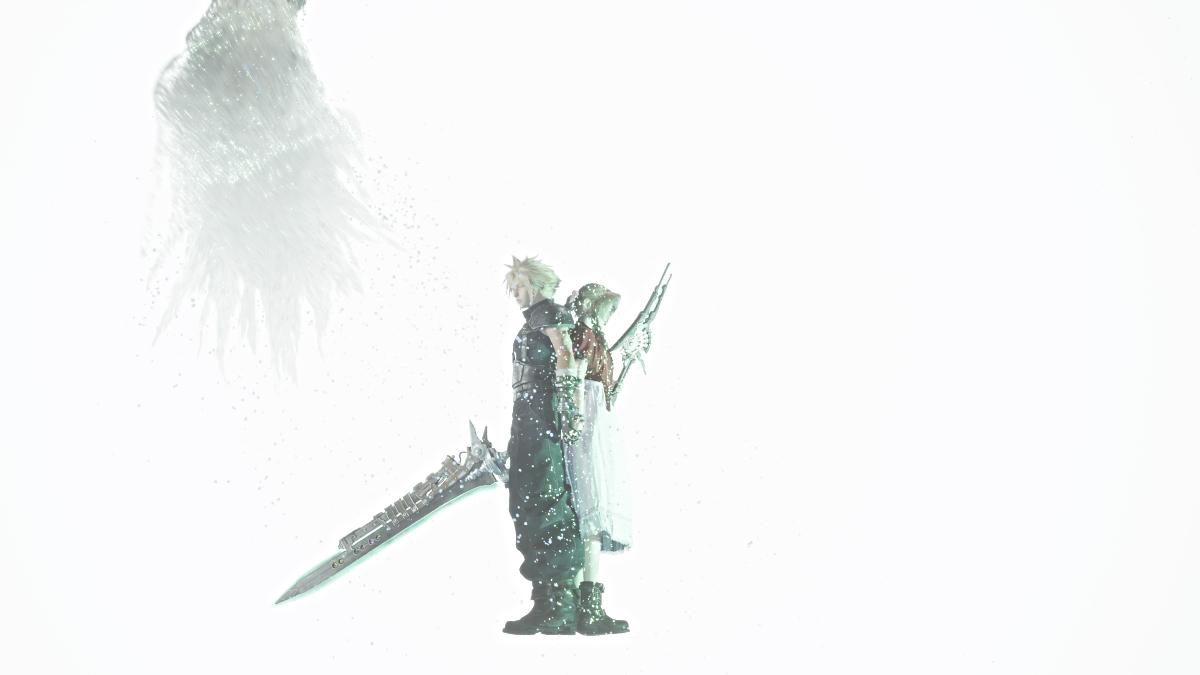












Updated: Mar 28, 2024 08:37 am